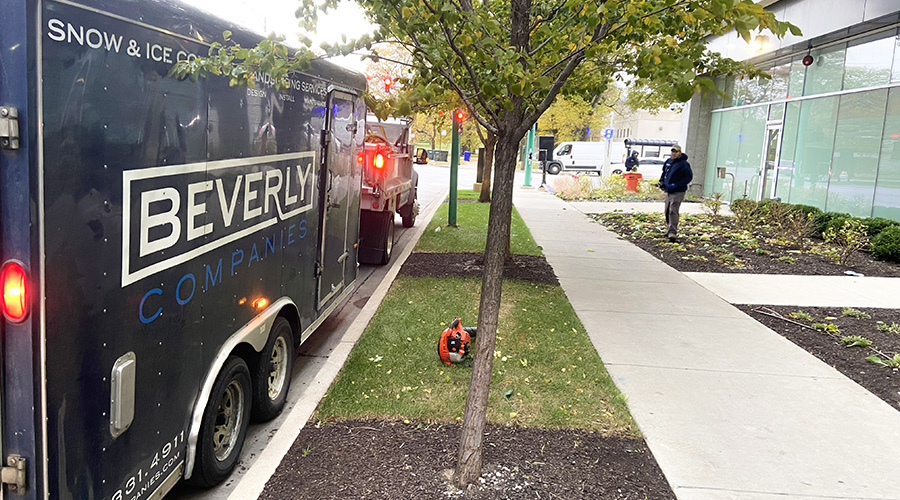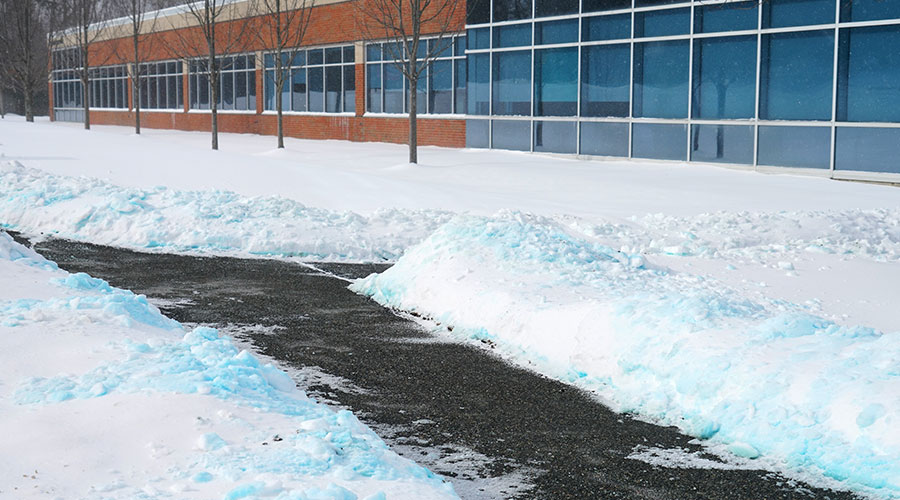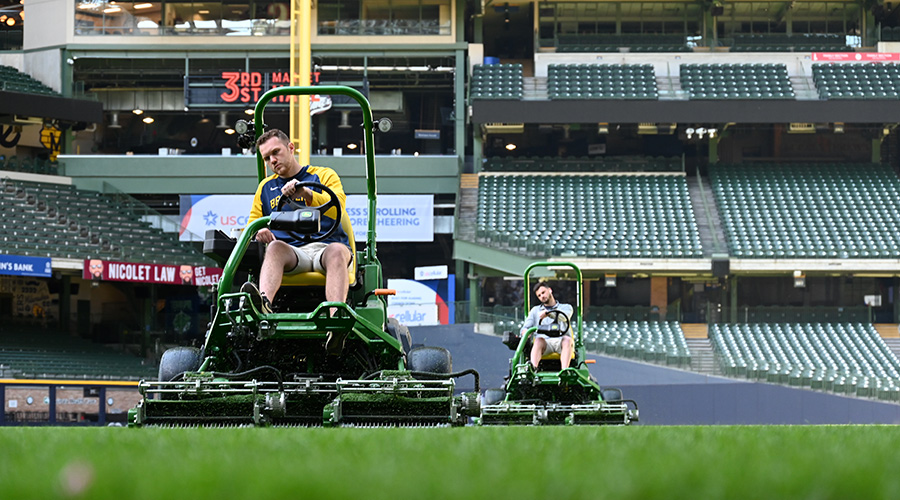Product Focus: Specifying Spreader Attachments
Managers have a host of issues to consider when specifying spreader attachments for grounds equipment:
- type — drop, rotary for broadcast spreading, or spray for liquids
- ground driven or power takeoff
- corrosion-resistant stainless steel hoppers and gear drives
- variable broadcast speeds
- narrow rows
- combination salt, sand and fertilizer
- single or multiple compartments for spreading several materials at once
- swath width
- hopper capacity.
A spreader with a universal attachment for all-terrain vehicles can spread salt, sand, seed and fertilizer. One type of rotary spreader covers a path 4-6 feet wide from a 15-gallon, non-corroding, plastic hopper.
An attachment's coverage varies with speed. Higher speeds widen the drop area, but the coverage is thinner. A drop spreader covers only the width between the wheels.
Sprayers can reach areas spreaders cannot, such as spraying trees with herbicide. Consider skid sprayers, which are skid mounted onto the bed of a utility vehicle. One type of unit has tanks with capacities of 55-200-gallons, a spray rate of 5 gallons per minute, and nozzles to cover a wider area or reach into tall trees.
Crews also can use liquid sprayers to apply liquid snow-melt chemicals to walks, driveways, and gravel paths — areas snow plows and snow throwers cannot access. Applied every few weeks in winter before snowfalls, the liquid snow melter makes snow removal easier, does not leave a white salt residue, and works in temperatures down to -25.
Thomas A. Westerkamp is a maintenance and engineering management consultant and president of the work management division of Westerkamp Group LLC.
Related Topics:














